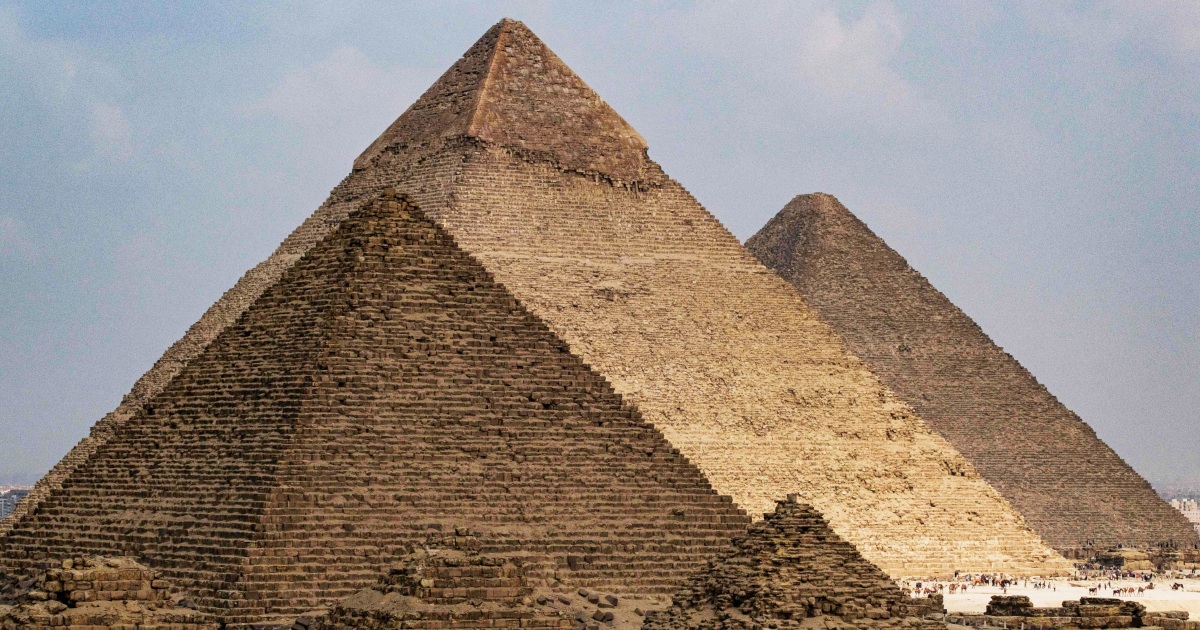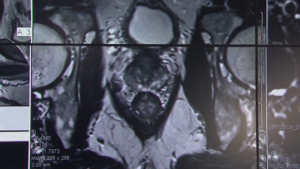Key takeaways:
- The ScanPyramids project has used cosmic-ray muon radiography to uncover a 30-foot-long corridor inside the Great Pyramid of Giza.
- Dr. Zahi Hawass believes that the discovery of the corridor could lead to the discovery of the real burial chamber of Khufu.
- The ScanPyramids project is ongoing and the team of archaeologists and scientists are hopeful that further discoveries will be made in the near future.
Archaeologists and scientists from the ScanPyramids project have used cosmic-ray muon radiography to uncover a 30-foot-long corridor inside the Great Pyramid of Giza. The pyramid, built some 4,500 years ago for ancient Egypt’s King Khufu, is located on the Giza plateau on the outskirts of Cairo.
The ScanPyramids project, launched in October 2015, uses cosmic-ray muon radiography to peer inside sealed-off structures. The discovery of the corridor is the latest breakthrough in the project, and it is believed that the corridor is protecting or reducing the pressure on something beneath it.
Dr. Zahi Hawass, the former Egyptian Minister of Antiquities, believes that the discovery of the corridor could lead to the discovery of the real burial chamber of Khufu. “The discovery today tells us there is something important to be discovered soon under that tunnel, which could be the real burial chamber of Khufu,” Hawass said.
Mostafa Waziri, the secretary general of Egypt’s Supreme Council of Antiquities, is hopeful that the discovery of the corridor will lead to further discoveries. “We are hoping to find something that will tell us more about the pyramid and the civilization that built it,” Waziri said.
The ScanPyramids project is ongoing and the team of archaeologists and scientists are hopeful that further discoveries will be made in the near future.



Be First to Comment